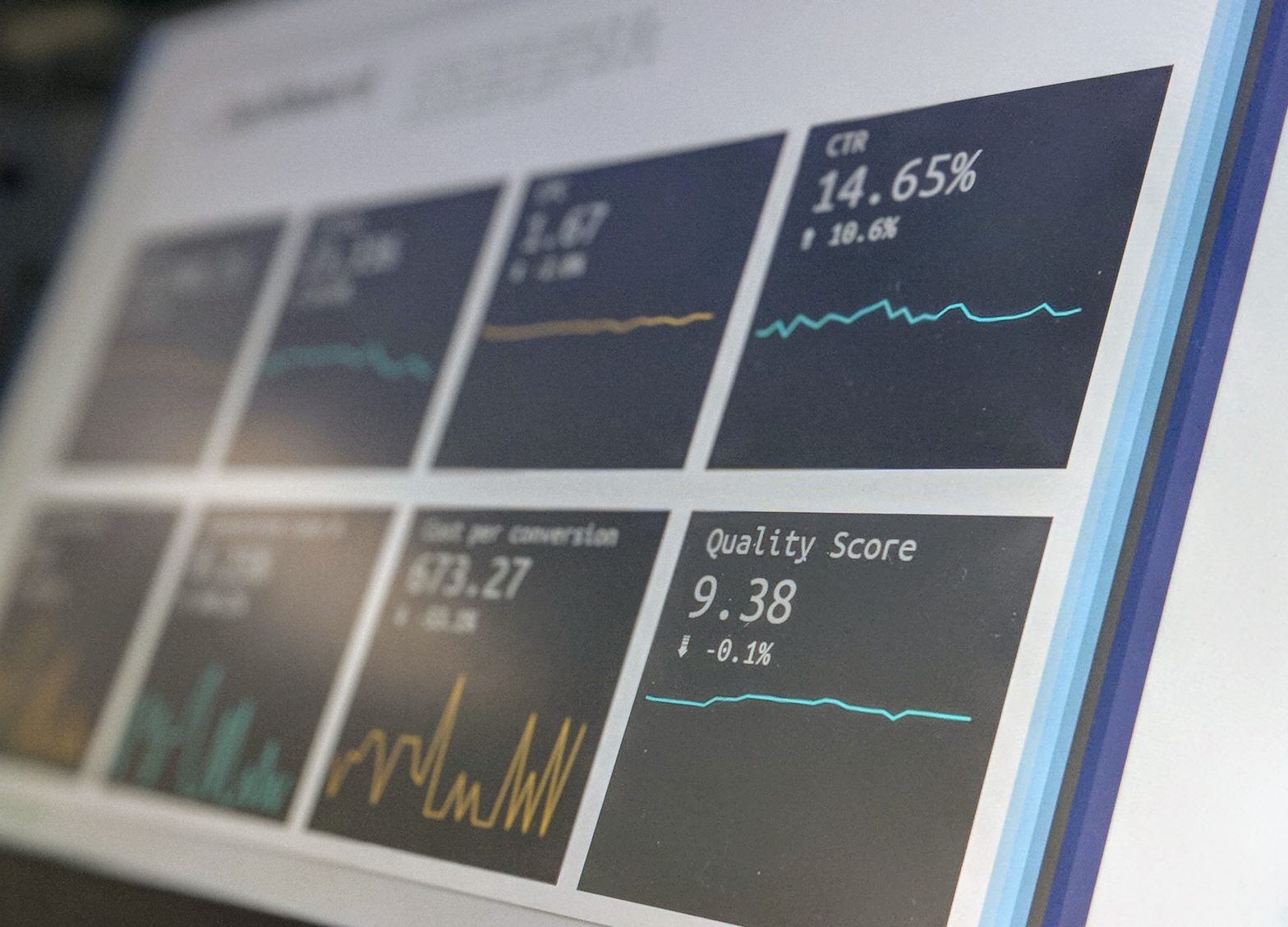In an era defined by an abundance of data, the Social Security Administration (SSA) has taken significant steps toward leveraging this vast information landscape to enhance its programs and services. One of the ways they accomplish this is through the utilization of data mining techniques and the creation of custom criteria. By delving into the depths of their data, the SSA uncovers valuable insights that drive policy decisions, improve program effectiveness, and streamline operations. In this blog post, we will explore the fascinating world of SSA data mines and custom criteria and understand their impact on the Social Security system.
What is SSA Data Mines?
Data mining refers to the process of extracting patterns, correlations, and other valuable information from large datasets. The SSA, as the custodian of extensive data related to Social Security benefits, utilizes data mining techniques to uncover hidden knowledge and generate actionable insights. These data mines can be thought of as digital gold mines, brimming with rich information that can be instrumental in informing decision-making processes.
Why Custom Criteria Matter:
Custom criteria serve as the foundation for data mining within the SSA. They are meticulously designed algorithms that sift through vast amounts of data to identify patterns, anomalies, and relationships. By tailoring criteria to specific research questions or areas of interest, the SSA can extract targeted insights from their data mines. These custom criteria play a crucial role in enabling the SSA to analyze complex variables, model scenarios, and evaluate policy implications.
Uncovering Insights and Improving Programs:
The utilization of data mining and custom criteria empowers the SSA to gain a deeper understanding of the Social Security system and its beneficiaries. By exploring these data mines, the SSA can identify trends and patterns that highlight the effectiveness of existing programs, potential areas of improvement, and emerging challenges. For example, by analyzing data on disability claims, the SSA can uncover factors that contribute to successful outcomes, identify common barriers faced by claimants, and develop strategies to streamline the process.
Enhancing Fraud Detection and Prevention:
Fraud detection is another critical aspect where data mining and custom criteria shine within the SSA. By analyzing patterns of fraudulent activities, the SSA can refine its models and algorithms to better detect suspicious behavior and prevent fraudulent claims. This proactive approach helps safeguard the integrity of the Social Security system and ensures that benefits reach those who genuinely need them.
Challenges and Ethical Considerations:
While data mining and custom criteria present incredible opportunities for the SSA, they also raise important challenges and ethical considerations. Privacy concerns, data security, and the potential for algorithmic bias must be carefully addressed to ensure that the benefits derived from these practices are balanced with individual rights and fairness. The SSA must establish robust safeguards and transparent processes to handle sensitive data, minimize biases, and ensure accountability in its analytical practices.
Q: What is data mining?
A: Data mining is the process of extracting patterns, correlations, and valuable information from large datasets. It involves using various statistical and computational techniques to analyze data and discover meaningful insights.
Q: How does the Social Security Administration (SSA) use data mining?
A: The SSA uses data mining techniques to analyze its vast collection of data related to Social Security benefits. By applying algorithms and custom criteria, the SSA can uncover patterns, trends, and relationships within the data. This helps them make informed decisions, improve program effectiveness, and detect and prevent fraud.
Q: What are custom criteria in the context of data mining?
A: Custom criteria refer to the algorithms and rules specifically designed by the SSA to analyze their data. These criteria are tailored to address specific research questions or areas of interest. By creating custom criteria, the SSA can extract targeted insights and focus on specific variables or patterns within their data.
Q: How do custom criteria benefit the SSA?
A: Custom criteria allow the SSA to delve deeper into their data and extract valuable insights. By using custom criteria, they can analyze complex variables, model different scenarios, and evaluate the impact of policies. This enables the SSA to make data-driven decisions, improve programs, and identify areas for improvement within the Social Security system.
Q: What insights can be gained from SSA data mines?
A: SSA data mines can provide insights into various aspects of the Social Security system. For example, analyzing data on disability claims can reveal factors that contribute to successful outcomes, common barriers faced by claimants, and potential strategies to streamline the process. Data mines can also help identify trends, fraud patterns, and evaluate the effectiveness of existing programs.
Q: What challenges and ethical considerations are associated with data mining?
A: Data mining poses challenges related to privacy, data security, and algorithmic bias. Safeguarding sensitive personal information and ensuring data security is crucial. Additionally, it’s important to address potential biases in algorithms that can result in unfair treatment or exclusion. The SSA must implement robust safeguards and transparent processes to mitigate these challenges and uphold ethical standards.
Q: How does data mining help in fraud detection and prevention?
A: Data mining can assist in identifying patterns and anomalies that may indicate fraudulent activities within the Social Security system. By analyzing data on previous fraudulent claims, the SSA can develop models and algorithms to detect suspicious behavior, identify potential fraudsters, and prevent fraudulent claims from being approved. This helps protect the integrity of the system and ensures benefits reach those who genuinely need them.
Q: How does the SSA balance data utilization with privacy concerns?
A: The SSA is committed to protecting individual privacy while utilizing data for analysis. They adhere to strict legal and regulatory frameworks to ensure compliance with privacy laws. Personally identifiable information is anonymized or de-identified before analysis, and access to sensitive data is restricted to authorized personnel. The SSA also maintains transparency and accountability in its data practices to address privacy concerns.

